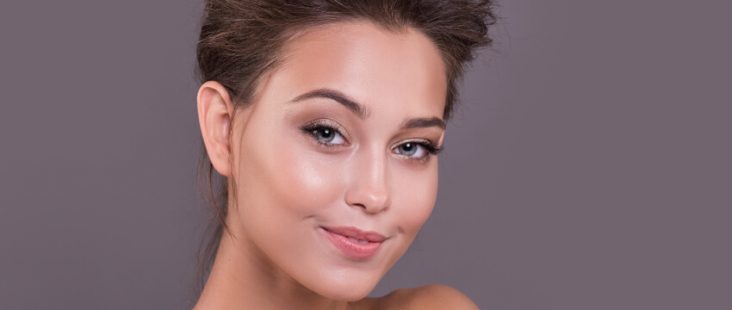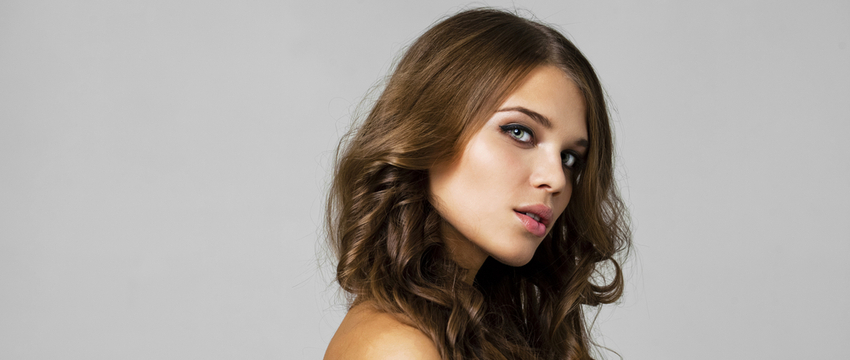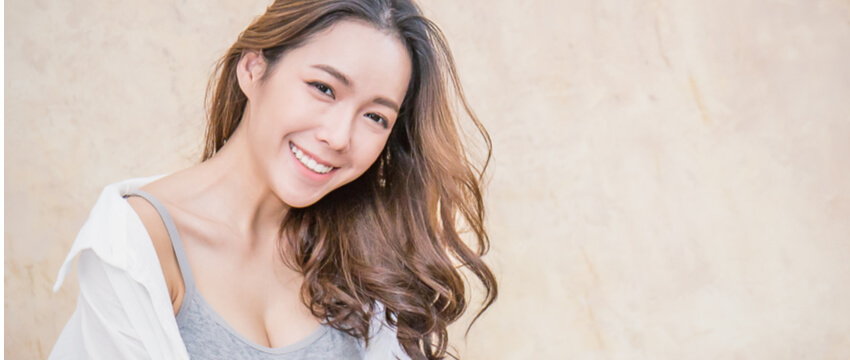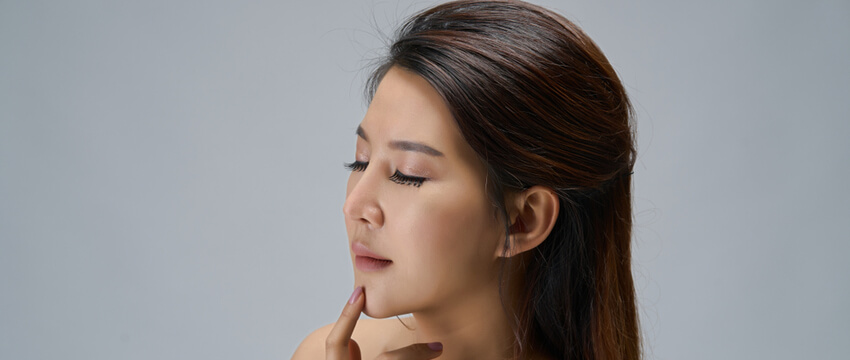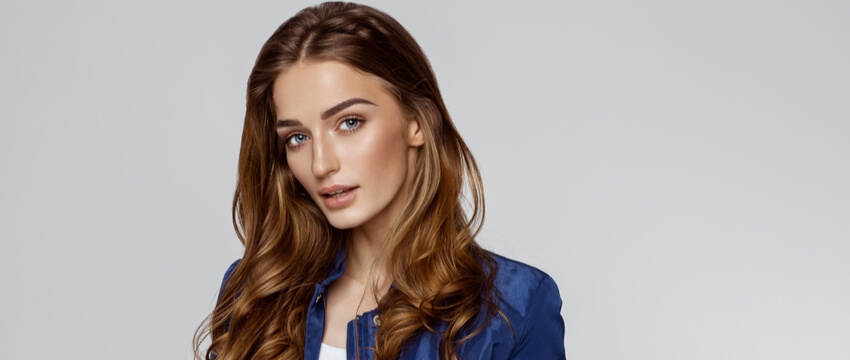The rise of medical tourism has seen an increase in requests for rhinoplasty cost in Korea. South Korea has been dubbed the cosmetic surgery capital of the world, with an estimated one million procedures being performed each year. It’s further estimated that one in three South Korean women has had cosmetic surgery, creating a very big market for cosmetic procedures, and putting South Korea on the map as a hotspot for medical tourism.
Today we are going to take a closer look at the risks associated with medical tourism and why you shouldn’t make such a big decision based purely on cost.
Why Korean Rhinoplasty Is So Popular Right Now
The top three cosmetic surgeries in South Korea are blepharoplasty (double eyelid surgery), rhinoplasty and glutathione injections, which give the patient a lighter skin tone. The size of the market means that there are lots of practitioners available in Korea, offering procedures at very competitive rates, but sometimes cheaper does not equate with better.
What Are The Risks Involved With Medical Tourism?
Building A Relationship Is More Difficult
Because everyone’s nose is unique, each patient needs to consult with their surgeon prior to treatment, to decide on the best path forward. You need to work with a trustworthy and reputable surgeon who understands your needs and future plans. You may need to meet three different surgeons before you find someone you feel really comfortable with.
You will need to make a few visits to your surgeon over the course of your treatment, and this may be practically difficult when you are based in Australia.
Communication Is Key

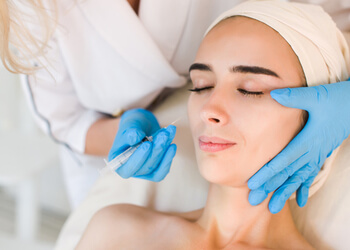
In order to ensure a safe procedure and manage all risks accordingly, you will need to give your surgeon a thorough medical history.
The two of you need to be able to communicate clearly and easily – and this isn’t always possible when you’re consulting with a foreign language surgeon.
Your surgeon needs to communicate all your pre- and post-surgery care instructions, as well as explain any alternative options that may be available to you.
If language is a barrier, it can impact negatively on the outcome of your procedure.
Professional Certifications And Standards Are Different
Each country’s path to professional competence is different and surgeons in South Korea have written different exams and achieved different certifications to those in Australia.
Think of it this way: a South Korean surgeon who wants to practice in Australia would not be able to walk into a practice and start operating on patients.
He or she would need to be assessed and examined first and evaluated on:
- His or her English proficiency
- Whether his or her qualifications are credible and valid
- His or her performance on a three-month orientation program
Follow-Up Care Is Difficult Across The Miles
While your actual procedure may only take one to three hours to complete, it can take up to a year for your nose to heal fully from your procedure. Your nasal dressing and splints will be removed six or seven days after your surgery, and your surgeon will give you specific post-surgical care instructions that need to be followed.
In the event that there are any side effects or complications, it is much smoother for you to return to your surgeon for assistance.
Eastern And Western Beauty Ideals Are Not The Same
As a Westerner, you will have a beauty ideal to achieve – and that may be different to what a Korean surgeon is used to being asked for. Even if you have a well qualified surgeon to work with, his idea of facial harmony may not be the same as yours.
Complications Can Be Expensive And Difficult To Manage
Any complications that may occur can be very difficult to manage across the distance between you. Complications are a very real possibility, and should be managed. Any pain, problems with wound healing or infection is best managed by the surgeon who operated on you, which could end up costing you a great deal more in the long run.
Infection control is a very serious concern for Australians travelling for medical tourism. Locally you are protected by stringent legislation that dictates how medical practices and clinics must be run, but once you leave local borders you are subject to the rules of that country.
More Doesn’t Always Mean Better
Because of the demand for cosmetic surgery in Korea and the high demand, many clinics are turning over hundreds of patients per day. This means that you may not get the individual attention you need, and your procedure could end up being rushed.
Is Rhinoplasty Cost In Korea Worth The Risk?
The nose is a very delicate but prominent feature of your face. Any surgery you have done to it should not need to be re-done in the future, and should improve the way you look and feel about yourself. If there is any risk that your surgically enhanced nose may not meet your expectations, it is not worth paying less for.
When you have your nose job done in Australia, you are paying as much for peace of mind and a very high standard of care, as you are for a surgical procedure. Your protection as a patient, and your recourse, in the event that something does go wrong, have essentially been factored into the cost of your nose job in Australia – and that is a component that is very difficult to put a price tag on.
Still toying with the idea of rhinoplasty cost in Korea? It’s best to speak to a professional. Please contact us for a convenient appointment: (02) 8599 7161.
Note: Any surgical or invasive procedure carries risks. Before proceeding, you should seek a second opinion from an appropriately qualified health practitioner.

